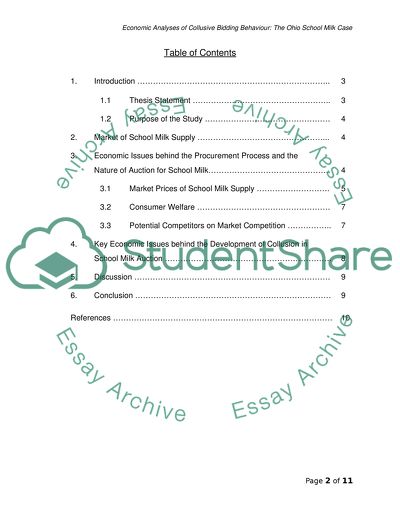Cite this document
(Economic Analyses of Collusive Bidding Behavior Case Study, n.d.)
Economic Analyses of Collusive Bidding Behavior Case Study. Retrieved from https://studentshare.org/macro-microeconomics/1560569-economic-analyses-of-collusive-bidding-behavior
Economic Analyses of Collusive Bidding Behavior Case Study. Retrieved from https://studentshare.org/macro-microeconomics/1560569-economic-analyses-of-collusive-bidding-behavior
(Economic Analyses of Collusive Bidding Behavior Case Study)
Economic Analyses of Collusive Bidding Behavior Case Study. https://studentshare.org/macro-microeconomics/1560569-economic-analyses-of-collusive-bidding-behavior.
Economic Analyses of Collusive Bidding Behavior Case Study. https://studentshare.org/macro-microeconomics/1560569-economic-analyses-of-collusive-bidding-behavior.
“Economic Analyses of Collusive Bidding Behavior Case Study”, n.d. https://studentshare.org/macro-microeconomics/1560569-economic-analyses-of-collusive-bidding-behavior.


